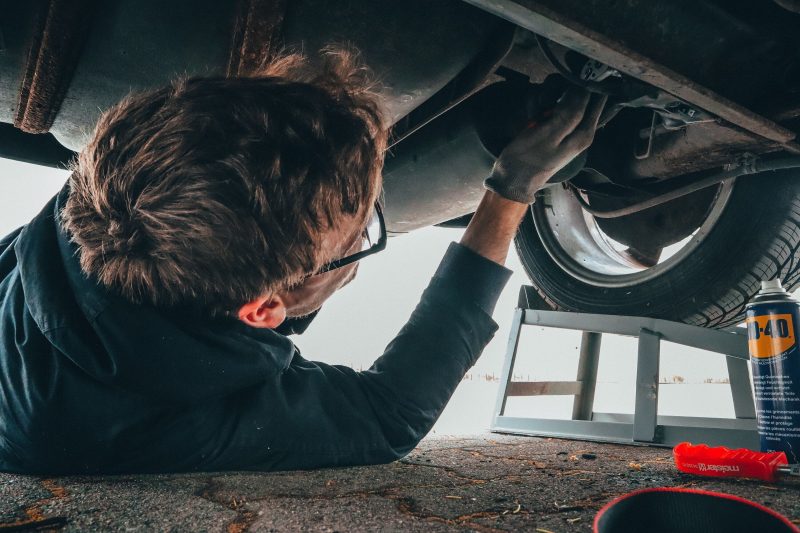
Blogs •
December 8, 2019
Must-Know Tips When Repairing Your Car
Essentials of Car Repair
If mechanics do require tools, there are also essentials to remember or keep in mind in repairing your car. You need to have a set of tools for the beginners such as pliers, a few wrenches, screwdrivers and a great pair of channel locks. You may include also the penetrating oil, small safety gear and a jack to be ready enough to get started. For any parts you miss, you can run in the parts shop. Yet eventually, after some repairs, you’ll have a garage full, so no need to worry.
Another essential you need to have is a simple car repair manual. The said manual must be specific to the type or model of car you are repairing. This will provide you with some ideas or insights about the particular techniques and functions, and most importantly, where parts are located. Although cars can be basically the same, various makes and models may have subtle variations that lead to frustrations when applying tips for fixing your car. If the car’s condition is beyond your ability to fix your car DIY but you don’t have enough money, you may consider online personal loans for car repair.
The other essential thing you have to carefully consider is if it’s fine to purchase used auto parts. Yes, you can probably save some cash doing so, yet you are also embracing the risk that it won’t work. In the end, a bad decision may end up costing more money than you’re saving.
Tips for Fixing Your Car in an Emergency
What if one day while you’re driving, your tire suddenly blows out? Or, your car doesn’t start and you have an important appointment? Do you know exactly how to respond or what to do during emergencies?
It is more convenient if you are knowledgeable enough about how to jump-start the dead battery, since calling a tow truck can be costly and time-consuming. Fixing your car can be especially tricky with newer cars. Before you experience such, do yourself a favor by familiarizing yourself with car repair procedures.
If you are caught in a situation where you can’t get your car started, it’s better to call for assistance from a family member or friend to tow you rather than a truck. If you learn how to use the tow straps properly, all will be safe without creating any potential damage to either car.
How to Fix Your Car by Yourself
What’s leaking beneath your car? Is your exhaust color all right? How does your engine sound?
You can consider these common questions and develop a picture or have a pretty good idea what are the causes without needing to consult a mechanic. But you need knowledge to do DIY car repairs.
In terms of fluids, you may distinguish them through color. You can get a paper towel and tap it in the leak. You’re probably looking at the coolant if the color is pink or green. The color of power steering fluid is yellow while the transmission fluid is a red color. This is simple to distinguish because each fluid has a distinctive color.
Your exhaust is also an excellent indicator that you require some necessary repairs. Black, blue and white colored smoke coming from the exhaust will point to various directions and/or factors. There can be some issues with the head gasket and the engine valves. So, before anything gets worse, never delay as soon as you diagnose some issues.
Also, you must be sensitive in listening for unusual sounds and from where they are coming. It could possibly mean that the power steering fluid is low or there is something wrong with the brakes. There are other prevalent or known car issues you may encounter such as overheating. This can be an unbearable period, especially if your car won’t turn over.
Simple DIY Car Repairs
For more complex repairs you may call a mechanic for help, yet there’s always the possibility you can fix your car DIY in your own garage. Some examples include flushing the coolant or changing the oil. The advantages with a DIY project such as this is you can start to save an enormous amount of money every year. And above normal maintenance, anyone can change the rear lights or the bulb of the headlight.
It’s much better to turn to the user manual so small concerns won’t turn into big issues.
Written by our guest editor: Ana-Maria Sanders. Ana-Maria has been a content writer and marketing manager for three years. In her current role, she is responsible for managing the finance and operations of securities. She loves writing blogs on various topics to give insights for managing finances.
